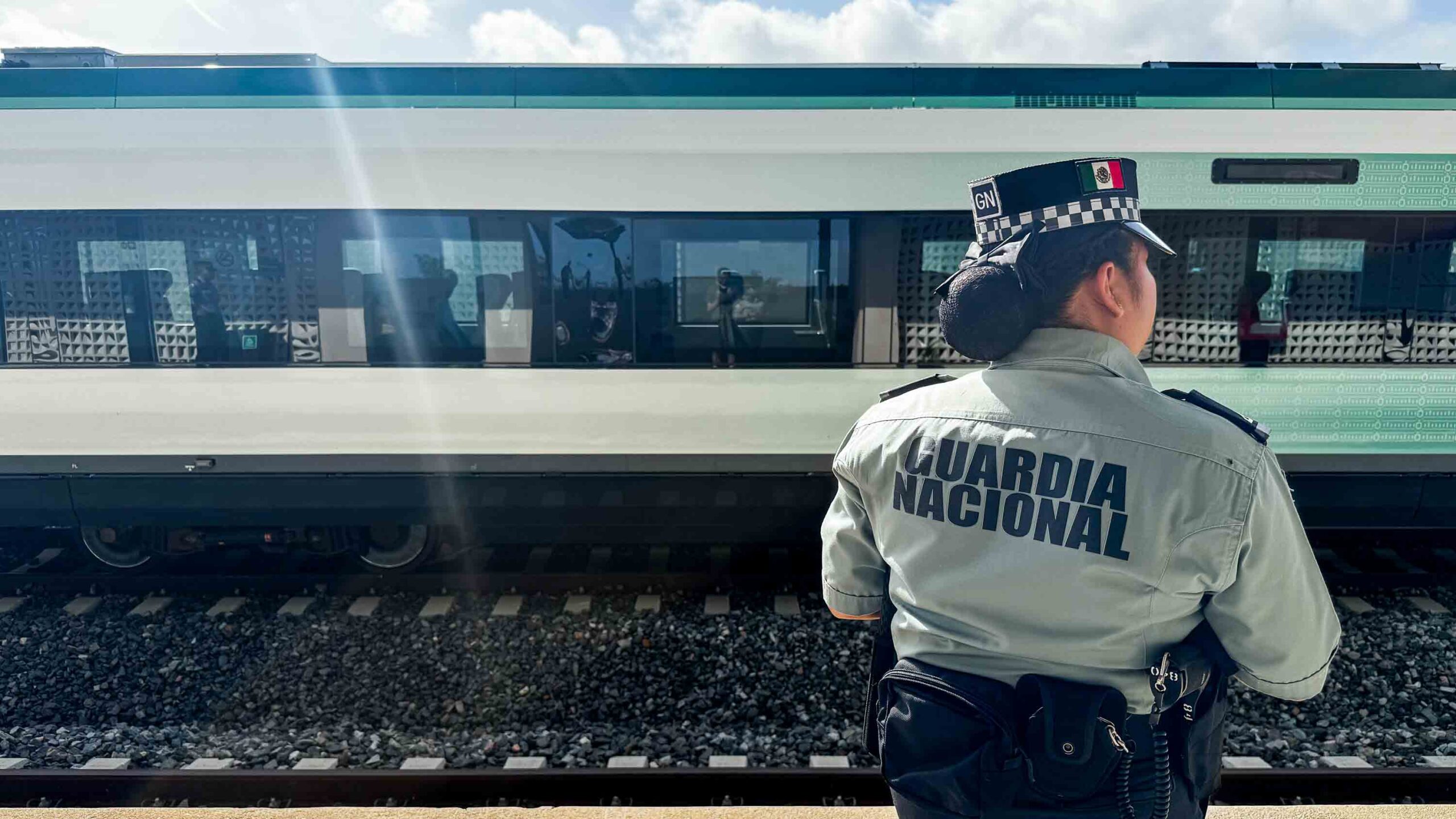“There are spiders in the rock holes,” says Angel, our Chiapas jungle guide. “If you need to grab the rock, splash it with water first”. Buoyed by an orange lifejacket alongside 20 Mexican tourists, I slowly float along a river flanked by dense trees, rocky ledges, and a preposterous amount of mosquitos.
Earlier, I’d got off Mexico’s Tren Maya at Tenosique railway station, a few kilometers from the jungle river. Built for an estimated USD$20-$25 billion (thrice its original budget), the recently-completed 966-mile (1,554-kilometer) Tren Maya network loops around southeastern Mexico’s Yucatán Peninsula, which as well as Yucatán state includes the states of Campeche and Quintana Roo.
Promising a super-modern ride and showcase project for Mexico’s former president, Andrés Manuel López Obrador, the Tren Maya connects touristy cities with ancient ruins and jungles, and is touted as a Mayan adventure. But its infrastructure has led to Mayan sites being damaged, around 6,600 hectares of forest loss, and locals being displaced.
I spent a month traveling 620 miles (1,000 kilometers) of the Tren Maya route, to see what adventure it offered and how life near the tracks has been affected.

